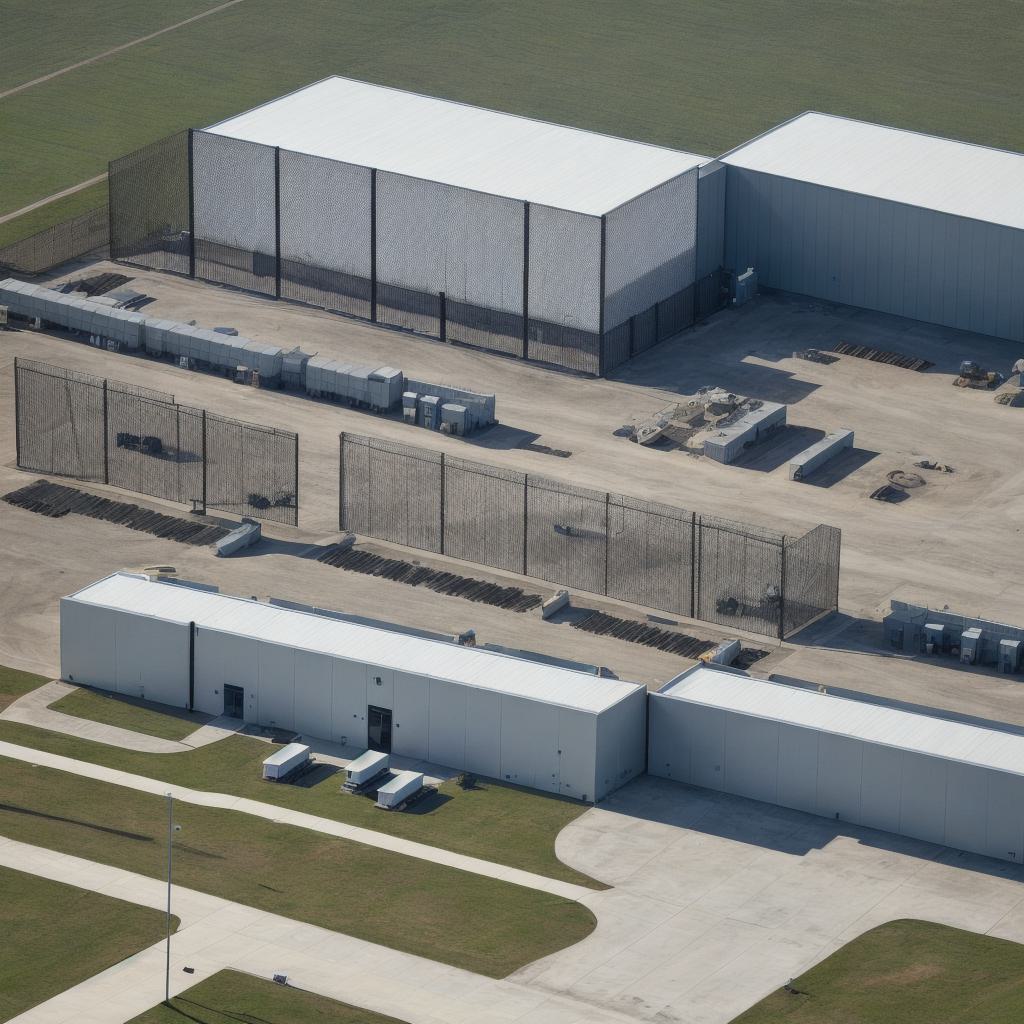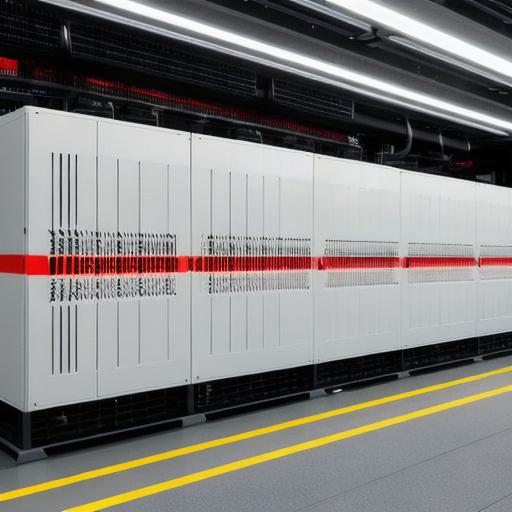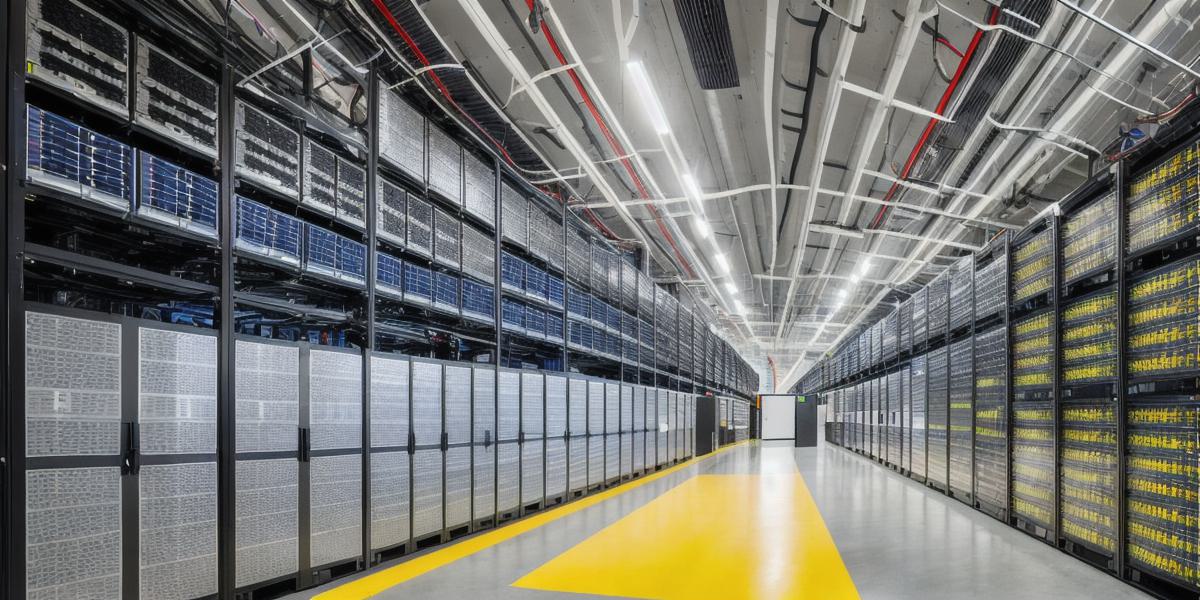**Welcome to the World of Data Centers:**
A data center is a specialized facility used to house and manage computer systems, associated components, and other infrastructure that support an organization’s IT operations. In this comprehensive guide, we will delve into the essential components and functions of a data center.
**1. Power and Cooling Systems:**

A robust power infrastructure is crucial in any data center, ensuring uninterrupted electricity to support the IT equipment. Redundant power supplies and backup generators prevent downtime during power outages. Additionally, advanced cooling systems maintain optimal temperatures and humidity levels for efficient operation.
**2. Physical Security:**
Data centers house sensitive information; therefore, security is paramount. Access control systems, surveillance cameras, and biometric authentication ensure unauthorized access is prevented. Moreover, fire suppression and early warning systems mitigate potential risks to the infrastructure.
**3. Networking and Connectivity:**

High-speed networks enable seamless communication between servers and other IT components. Data centers often employ redundant connections for resilience, allowing for continuous operation in case of network failures. Additionally, connectivity options like fiber optic cables, satellite uplinks, or microwave links ensure data can be transmitted quickly and reliably.
**4. Rack Mounting and Cabling:**
Racks provide the structure to house servers and other IT equipment in an organized and efficient manner. Proper cabling ensures reliable connectivity between components. The use of patch panels, cross-connects, and fiber optic cables facilitate easy management of connections within the data center.
**5. Environmental Control:**
Controlled environmental conditions are essential for the optimal performance of IT equipment. Temperature, humidity, airflow, and dust levels must be managed effectively to ensure reliable operation. Precise temperature control, advanced humidification systems, and air filtration help maintain a stable environment.
**6. Data Protection:**
Data protection strategies safeguard sensitive information stored in the data center. Backup power supplies and redundant cooling systems prevent data loss due to power outages or cooling failures. Additionally, data replication, encryption, and access control policies minimize the risk of data breaches.
**Conclusion:**
In summary, a well-designed data center incorporates robust power and cooling systems, physical security measures, advanced networking capabilities, efficient rack mounting and cabling solutions, environmental controls, and effective data protection strategies. These components ensure the reliable operation of IT infrastructure and support an organization’s digital transformation journey.
